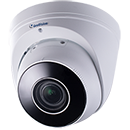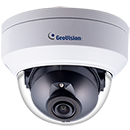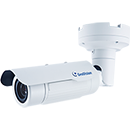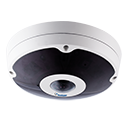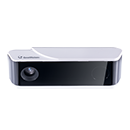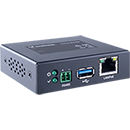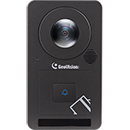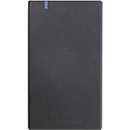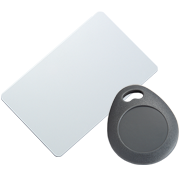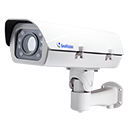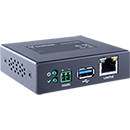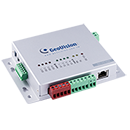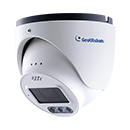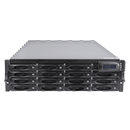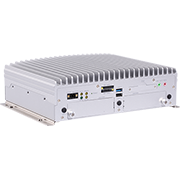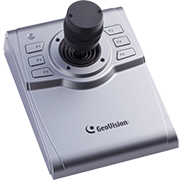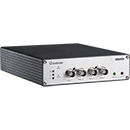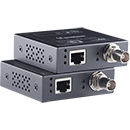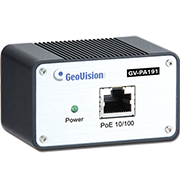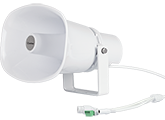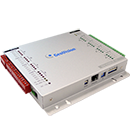
Needless to say, criminal activities are prevalent during night time when total darkness provides good cover for perpetrators. Having security cameras that are night vision-enabled, then, is important. A basic understanding of the types of night vision cameras is needed before making a purchase.
The need by end user entities to protect properties, assets and lives during the night has triggered demands for cameras that are night vision-enabled. The demand for surveillance has increased across various applications, such as military and defense, energy, and commercial spaces (such as banks). Asia-Pacific offers potential growth opportunities due to the rise in technology penetration, high defense spending, and presence of a large number of small and medium enterprises.
The right night vision security camera could be an incredible asset to any outdoor security system, but with so many choices available on the market, choosing the right one may be tough. Before making a purchase, an understanding of the types of night vision-enabled cameras and their benefits should be acquired. Here we discuss image color, environment and lighting, some of the biggest factors to consider when deciding which night vision camera is best.
Color night vision vs. IR-cut black and white images

Most security cameras these days come with built-in infrared LEDs to provide night vision in low light or no light conditions; when the IR cut filter of the camera is activated, it will block IR light and allow only visible light to pass through, and when the filter is turned off, IR light will be allowed and images will turn into black and white mode.
Infrared night vision cameras can record in pitch black condition without additional light. These cameras are the most inexpensive, use less energy, and are very efficient. It is however important to know that IR security cameras can be affected by glass reflection or window glare at night. Your video may be washed out due to overexposure of lights at night. If necessary, turn off the IP LEDs and any other LED indicators on your security camera.
Traditional night vision security cameras with infrared cut-off filters, known as IR-cut, produce black and white images. However, advancements in camera technology, such as image sensors and low light technology, have improved color night vision capabilities.
With more choices now available, the first thing to determine when choosing the right night vision camera is whether you need to capture images in color or if black and white is sufficient. While this may seem like a simple place to start. The answer to this question will determine what solution to implement.
Capturing the best images in color requires a good light source which matches the needs of the camera. There are newer models on the market with better low light technologies which require less light.
The stronger the camera’s low light capability is, the longer it can maintain the screen in color. Otherwise, cameras will switch to infrared (IR) mode when the lighting is insufficient (e.g., when the sky becomes dark) and the screen will switch to black and white.
In cases of low lighting conditions, it is important to check whether the IR in the camera is adequate or if a separate IR is needed. If the built-in IR light is not sufficient enough to provide even illumination, this could cause the image to have black corners.
In addition, whether the IR is covert or semi-covert will need to be determined. If the end user wants the cameras to be completely inconspicuous, covert IR light — which is invisible to the human eye — would be appropriate. However, this is less sensitive for the camera and additional lighting will be needed in the environment to capture the best image.
Low-light night vision cameras use an image intensifier whereby the output visible light is brighter than the incoming light. Despite needing some visible light in order to record, low-light night vision cameras outperform IR night vision cameras. These are the only security cameras that can produce a color image in low-light level conditions.
Other lighting considerations for night vision cameras
Changes in lighting over the course of the year are another critical consideration when choosing a night vision camera. Ideally, cameras that perform well in low light should also perform during daytime, and settings which work at night may not be optimal at other times.
As the seasons change, sunlight will hit the cameras in different ways, especially during autumn and spring. It is critical for the camera to be able to automatically adapt to the environment, adjusting between low light technology and wide dynamic range (WDR) mode depending on the ambient lighting.
Consider the monitoring environment
The environment where the camera will be used is also a major factor in choosing the correct night vision surveillance camera. The size of the area and whether there is a need to detect, identify or recognize objects should also be considered. This will determine the specs required of the night vision camera and whether supplementation with other technologies, such as thermal or radar is required.
Where the camera is placed will also play a significant role in determining the required features of the camera. For example, if the camera is placed in a lower, easily accessible position it may be subject to tampering or vandalism. In this instance, end users should take into account the camera’s impact or IK rating. If the camera is exposed to hard weather conditions (e.g., rain, snow, etc.), then good weather protection is essential to protect the front of the glass from moisture. Droplets on the glass can cause reflections when the IR light is on, ultimately reducing the clarity and quality of the image.
Thermal night vision

Instead of intensifying light, thermal night vision uses heat and can see no matter the light level. Thus, even in total darkness and poor weather conditions, thermal imaging technology allows users to detect and see at great distances, adding the created image displays as various colors that correlate to the amount of IR energy emitted.
Thermal cameras are the only solution to address a visible image contrast to see at night. These cameras are completely immune to smoke, dust and anti-surveillance devices (visor glasses, infrared laser glasses).
Government agencies, security companies, and large corporations rely on thermal security cameras for many security applications because they eliminate false alarms.
Adapted from a&s Magazine
